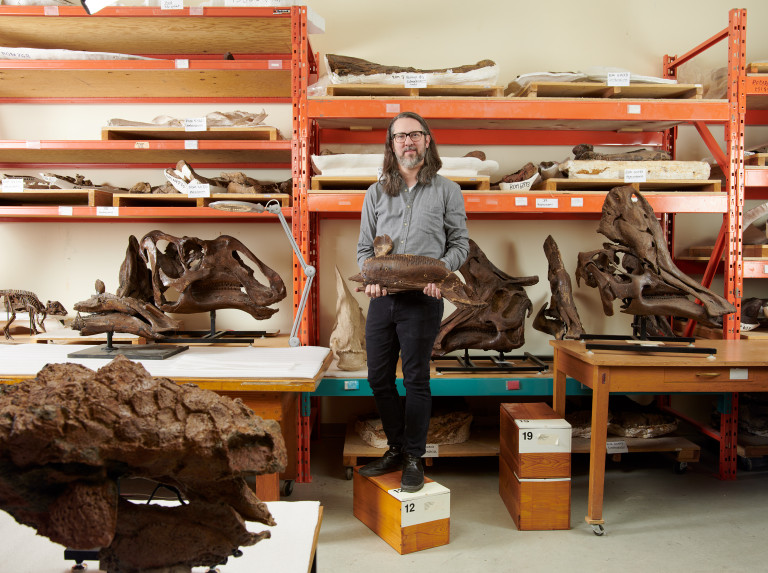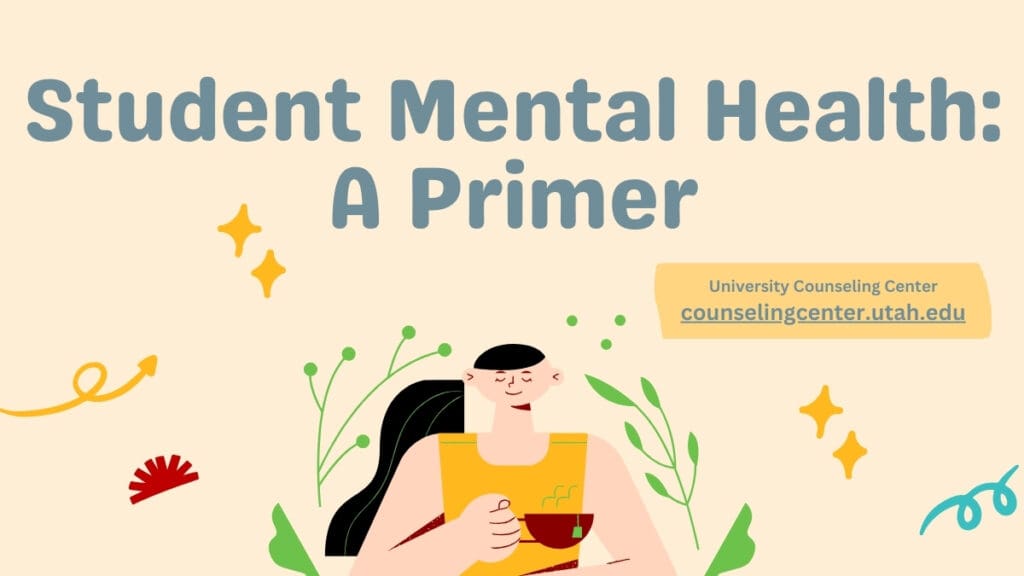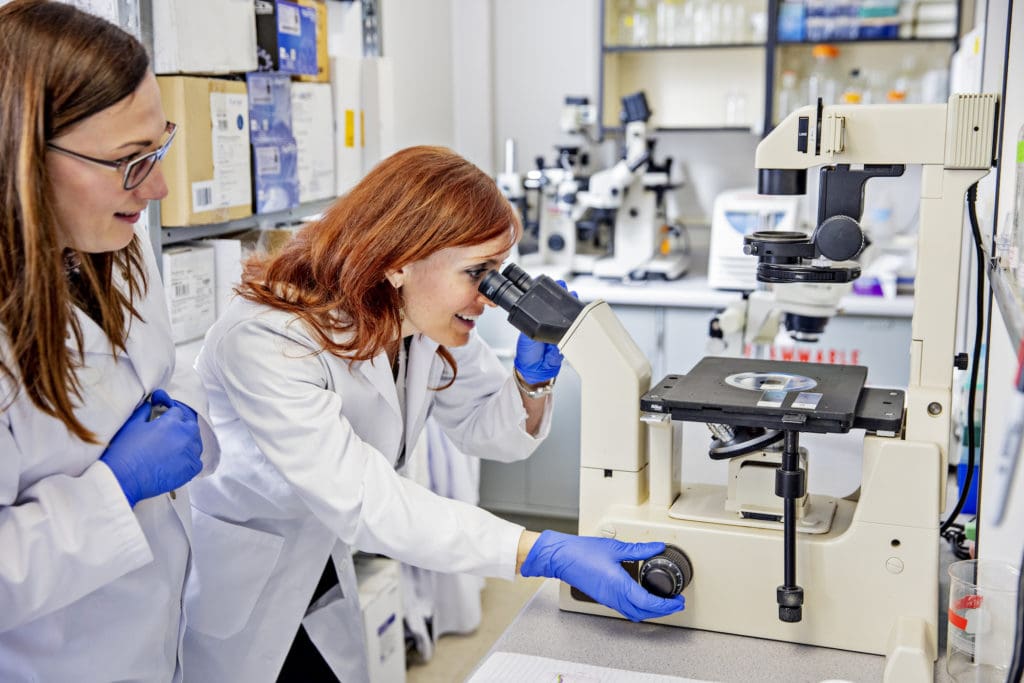February 14, 2024
President Randall lays out new innovations for U’s research mission


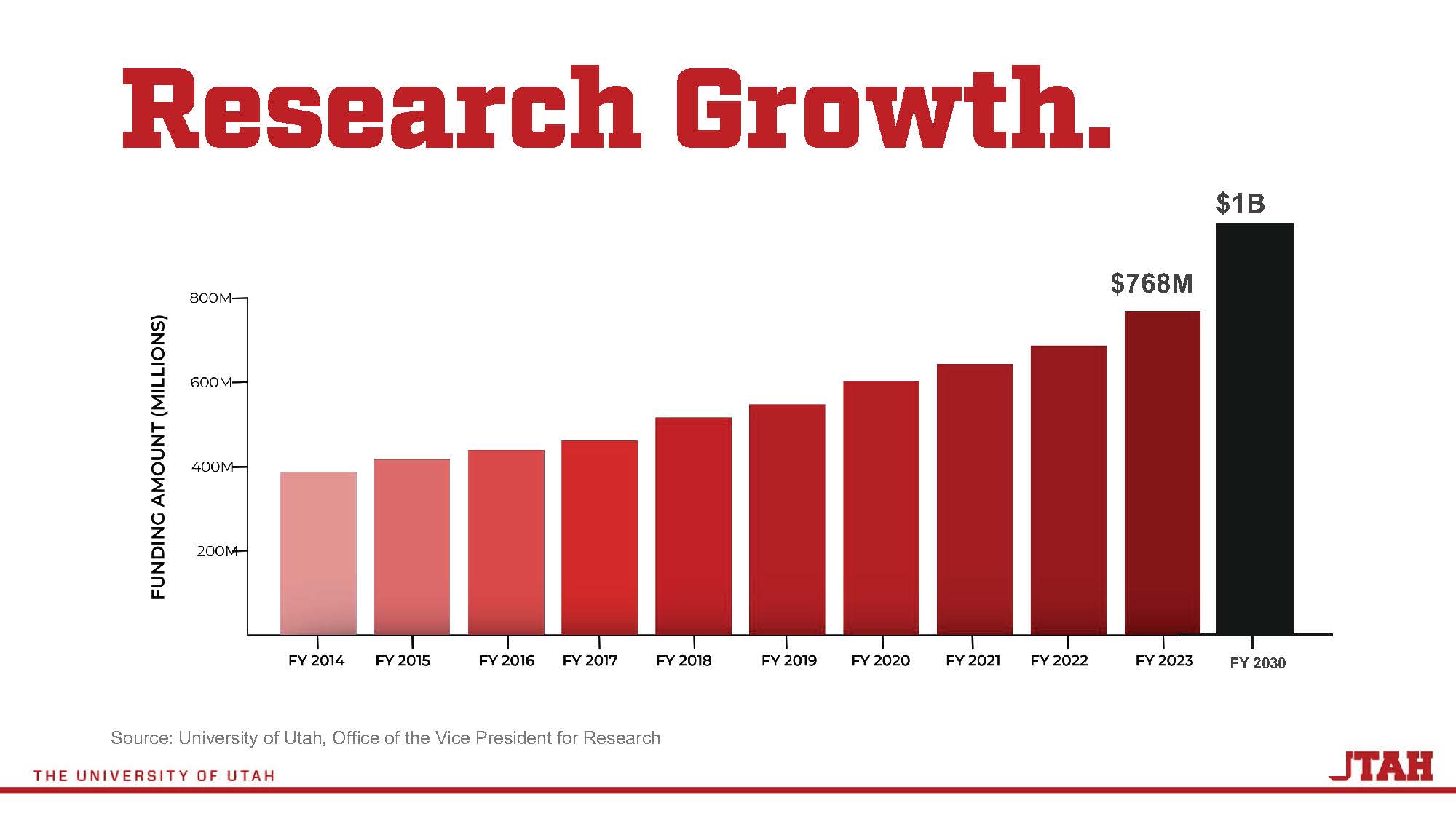
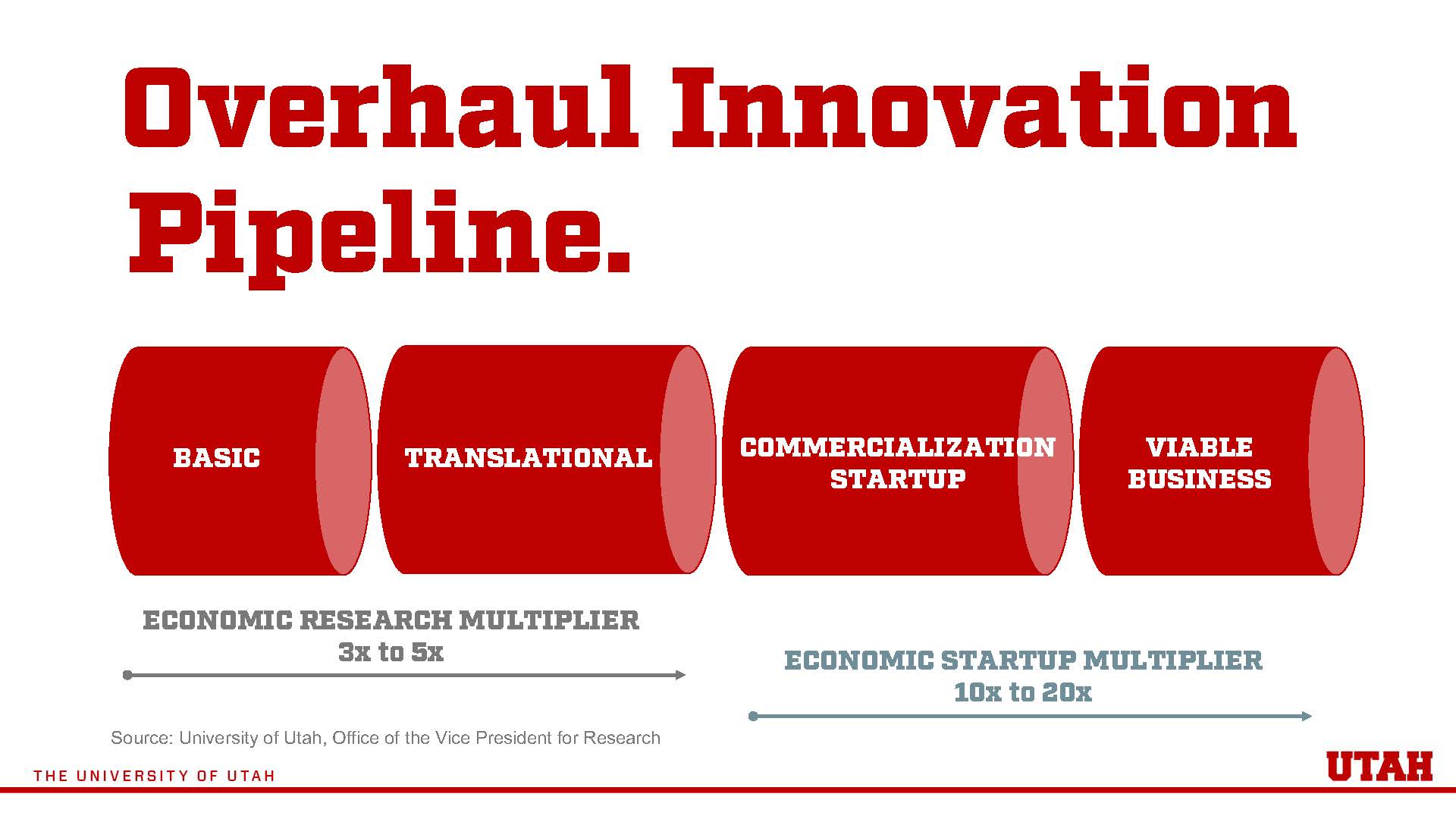
The University of Utah is in the process of reorganizing its vast research enterprise to better address the needs of the American public and drive the Utah economy, U President Taylor Randall told lawmakers on Tuesday, Jan. 30.
“We have to partner more, partner more with industry,” Randall said in remarks before the Higher Education Appropriations Subcommittee. “The philosophy that we take is: We can only take things so far, and then industry has to help it.”
“We have to change our culture fundamentally,” he added. At the U, that means moving beyond academia’s tradition of rote grant-writing and incremental research to “getting ideas into society.”
Randall’s research presentation was the first of its kind at the legislature—and paired with a similar deep dive into Utah State University’s research efforts by USU President Betsy Cantwell. Both of Utah’s Carnegie-designated R-1 institutions were invited to discuss their research innovations and growth at the 2024 General Session.
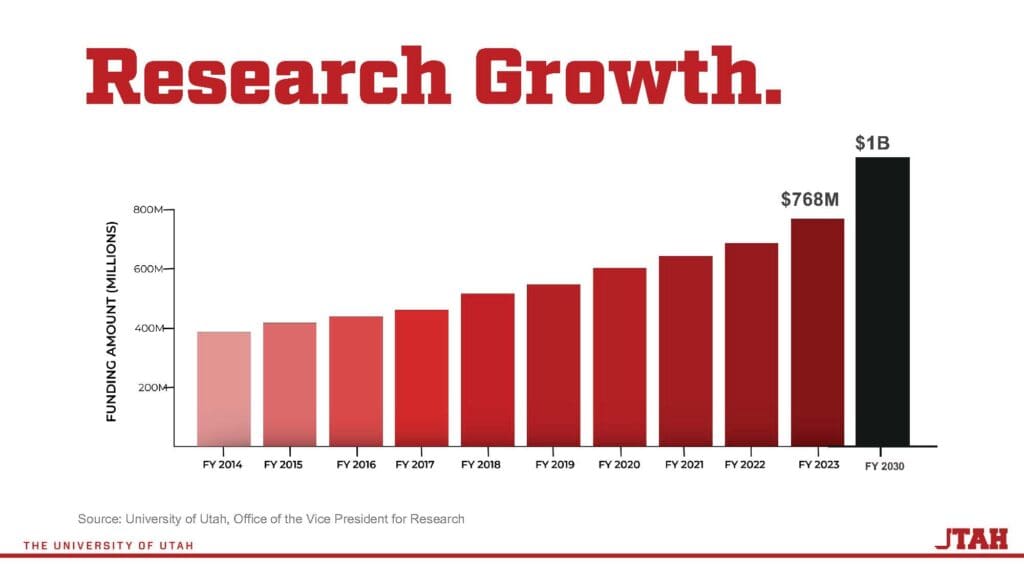
Utah’s flagship research institution has a long and storied history of innovation, incomputer graphics and biomedical breakthroughs, for example, but the state lacked the infrastructure to support the now famous companies—such as Atari, Evans & Sutherland and Pixar—that developed those innovations elsewhere.
He pointed to public flagship universities in Texas, Florida and Arizona as pathfinders Utah could emulate as the university does more to coordinate with state officials.
“Before, it was very much a policy of serendipity. We grabbed two professors from a variety of schools and we see what happens,” Randall said. “What we’re seeing today is a very purposeful strategy that is being launched by states and by universities in partnership. There are incredible stories of how research universities partnered with the state to drive massive change.”
 President Taylor Randall
President Taylor RandallThis is the direction Randall, who led the David Eccles School of Business before rising to the U presidency, wants to take the university.
He also spoke to the importance of investing in research faculty, who cost a lot more than teaching faculty and enjoy a much lighter classroom load.
“Depending on the class size, their teaching productivity is about a third to a fourth of what a teaching faculty is,” Randall said. “However, top researchers bring in about $1 million of research grants per year. Those research grants could then pay the entire tuition of graduate students who then go into our economy.”

His point was not to argue for assigning a greater share of faculty to research, but that research faculty’s high investment costs drive other benefits for the university and the state. However, realizing those benefits requires organizing them for maximum impact.
“Our policy around managing research at universities comes, first, by saying, ‘How many of these individuals do we want to invest in?’” he said. “The second is then, ‘How do we organize them?’”
That usually starts with working groups and research hubs, which move fast and don’t live long. Currently, more than 400 U faculty are engaged in such groups.
“They are quick partnerships, where we go and see if there is something in the world that wants to show a market signal towards this research,” Randall said, pointing to the U’s work in critical minerals, such as the lithium needed for power storage.
“We talked about lithium extraction from the Great Salt Lake,” he said. “It takes too much water. In the last year, one of our scientists has figured out a process that can extract lithium without taking out the water.”
The next stop is establishing a center of excellence, such as those devoted to grid resiliency, geothermal energy and artificial intelligence.
“We want to see if you could create a scalable process, meaning: Could I build a factory around this lab discovery?” Randall said. “Once these things get incredible traction, we aggregate them together even more into what we call institutes [such as Huntsman Cancer Institute and SCI, or Scientific and Computer Imaging Institute]. That’s where a lot of the commercialization and future grant funding ends up coming from.”
The vast majority of the U’s $768 million research expenditures were supported by fairly small grants of less than $5 million. Just a sliver came from massive grants, those exceeding $15 million.
“We’ve got to flip this,” Randall said. “This reorganization is actually to flip from small grants to large grants. That’s where the societal impact and the commercialization we believe will come from.”
See the University of Utah research presentation slides here.
